Ever wonder how to conquer chin-ups like a pro? A chin-up is a difficult but rewarding calisthenics exercise.
Whether you’re a seasoned athlete, a fitness enthusiast, or just starting out on your strength-building journey, chin-ups are a good addition to your workout routine. Chin-ups are the versatile staple that fits into every workout wardrobe with ease!
They are a fundamental bodyweight exercise that can significantly build upper-body strength and muscle mass.💪
In this article, you will learn about the muscles used during chin-ups, their benefits, and how to execute chin-ups correctly. Let’s dig in!
What are Chin-Ups?🙌
Chin-ups are a classic and effective upper body exercise known for building strength in the back, arms, and shoulders. They are performed by gripping an overhead bar with your palms facing you (underhand grip), typically placed slightly closer than shoulder-width apart.
As you pull your body up, the emphasis is placed on the biceps, making chin-ups an excellent workout for strengthening and toning these muscles. Moreover, the exercise engages the muscles in the upper back, particularly the latissimus dorsi, offering a comprehensive upper body workout.
The pulling motion in chin-ups not only targets the biceps but also challenges the forearms, shoulders, and various muscles in the upper back. This compound movement provides an efficient way to enhance overall upper body strength and muscle development. Regularly incorporating chin-ups into a workout routine can improve grip strength, muscle tone, and functional upper body power.
💪Muscles Targeted
Understanding the muscles engaged during chin-ups is paramount to grasping the comprehensive impact this exercise has on one’s physique.
By looking into the specific muscles that are worked during this exercise, you can see how different muscle groups work together.
1. 🎯Brachioradialis
The brachioradialis is a muscle located in the forearm. It plays a significant role in chin-ups by assisting in elbow flexion aiding in the pulling motion required to lift the body. Its engagement contributes to the stability and strength required during the exercise.
2. 🎯Brachialis
Positioned beneath the biceps, the brachialis is a key elbow flexor. During chin-ups, it supports pulling the body upward, providing additional strength and stability in the movement.
Related article: 📍Why your elbows hurt during chin-ups – Say NO to golfer’s elbow
3. 🎯Biceps Brachii
The biceps brachii, commonly known as the 📍biceps, are highly engaged during chin-ups due to the underhand grip. This muscle is responsible for elbow flexion and forearm supination, aiding in lifting the body. Its involvement in chin-ups contributes significantly to strength and muscle development in the arms.
4. 🎯Posterior Deltoids
The posterior deltoids, located at the rear part of the shoulder, play a stabilizing role for the shoulder joint during chin-ups. While not the primary muscles engaged, they assist in supporting and stabilizing the movement, contributing to proper shoulder alignment and strength.
5. 🎯Trapezius
The trapezius is a large muscle spanning the upper back and neck. During chin-ups, it works to stabilize and retract the scapula, providing a stable base for the pulling motion. The trapezius is crucial to maintaining proper form and stability throughout the exercise.
6. 🎯Latissimus Dorsi
Commonly called the lats, the latissimus dorsi are the primary muscles engaged during chin-ups. Located on the sides of the back, they are responsible for the pulling motion, driving the body upward.
The lats play a central role in the overall execution of chin-ups, providing the primary force to lift the body weight. Developing and strengthening the lats is a significant benefit of regularly performing chin-ups.
🏆Benefits of Doing Chin-Ups
Performing chin-ups offers a plethora of benefits, making it a highly valuable exercise for individuals seeking overall strength and muscle development. Some of the primary advantages of incorporating chin-ups into a workout routine include:
✅Improves Upper Body Strength
Chin-ups are renowned for their ability to enhance upper-body strength significantly. By targeting multiple muscle groups concurrently—particularly the arms, shoulders, and back—chin-ups foster comprehensive upper-body strength gains.
Regularly executing chin-ups increases power and muscle development in these areas, significantly augmenting overall upper-body strength. This enhanced strength is not only beneficial for daily activities but also for various sports and fitness endeavors.
✅Develops Back Muscles
The primary focus of chin-ups on the latissimus dorsi (lats) is a cornerstone for back muscle development. These robust muscles, situated on the sides of the back, are extensively engaged during chin-ups.
Their consistent activation and strengthening through chin-up exercises contribute to a well-defined and strengthened back, which not only aids in aesthetics but also improves overall back health and functionality.
Go in-depth with improving your back muscles with our article on 📍Build Strong Back At Home: 9 Calisthenics Back Exercises No Equipment
✅Enhances Core Stability
Though chin-ups primarily emphasize the upper body, the core muscles play a crucial role in stabilizing the body during exercise. Pulling the body weight up necessitates core engagement for balance and stability.
Consistent practice of chin-ups strengthens the core muscles, contributing to overall core stability and strength. This improved core stability extends benefits beyond the exercise, providing enhanced stability for various physical activities and reducing the risk of injury.
✅Helps Improve Posture
Chin-ups play a pivotal role in supporting good posture. They work the latissimus dorsi (lats) more than other back exercises, according to research from the American Council on Exercise.
When the lats are stronger, they help pull the shoulders back and down, which improves posture. Strengthening the lats helps align the spine and shoulders, reducing the risk of poor posture-related issues.
Related article: 📍How to Start Correcting Poor Posture: Expert Tips for Improving Your Posture
✅Builds Grip Strength
Regularly performing chin-ups can significantly 📍improve grip strength, which can have practical applications in various exercises and everyday activities.
The exercise demands considerable hand and forearm strength to support the body weight during the movement.
Incorporating chin-ups into workout routines is invaluable for individuals seeking holistic upper-body strength and overall physical fitness.
Related article:
✨Steps to Do Chin-ups
Mastering the correct technique is crucial for maximizing the benefits and minimizing the risk of injury when doing chin-ups. Correct form not only optimizes the engagement of targeted muscles but also ensures proper alignment, reducing the strain on joints and ligaments.
Paying attention to the grip, body positioning, and controlled movements helps prevent undue stress on the shoulders, elbows, and wrists. Here are the steps to execute a proper chin-up effectively:
Starting Position
1. ✊Palm facing behind you
The “palm facing behind you” grip in chin-ups, also known as an overhand grip, involves grabbing the bar with your palms facing away.
When using this grip, your palms are oriented so they face in the opposite direction of your body. An overhand grip engages different muscle groups, primarily focusing on the back and shoulders, contrasting the bicep-centric engagement of chin-ups.
2. ✊Grab the Bar Slightly Wider than Your Shoulder Width
Position your hands slightly wider than shoulder-width apart on the bar. The wider grip challenges the back muscles more than a closer grip, distributing the effort across a broader area of the back and shoulders.
3. ✊Engage Core – Pull Belly Button In
Before starting the movement, engage your core by pulling your belly button towards your spine. This action helps stabilize your body and maintain proper alignment throughout the exercise. A strong core also contributes to better control and balance during chin-ups.
4. ✊Relax the Shoulders to Start in a Full Hang
Relax your shoulders and ensure they are not tensed up. This position provides a full range of motion and allows you to engage the correct muscles effectively when initiating the pull-up movement.
5. ✊Focus Only on the Starting Position
Emphasize maintaining the correct starting position before commencing the movement. Proper alignment and relaxation of the shoulders are crucial in the starting position. Ensure your grip, hand placement, and core engagement are all set before initiating the pull.
⚡️Movement Position During Chin-ups
1. ☑️Pull Scapula Down
To initiate the movement, start by engaging the muscles in your upper back and pulling your shoulder blades down and back. This action engages the back muscles and sets the foundation for the pulling motion.
2. ☑️Pull Body Up – Focus on Back and Arms
With the scapula engaged, focus on pulling your body upward using your back and arm muscles. Ensure you’re actively engaging the targeted muscle groups, such as the latissimus dorsi, biceps, and other supporting muscles in the back and arms.
3. ☑️Elbows Bent and Chin Above the Bar
As you pull up, aim to bend your elbows and bring your chin above the bar. This full range of motion engages the back and arm muscles more effectively and ensures you complete the exercise correctly.
4. ☑️Brief Pause at the Top
Upon reaching the top of the movement with your chin above the bar, hold this position briefly. This ensures the completion of the chin-up movement and allows for maximum engagement of the targeted muscles.
5. ☑️Lower Body Down – Extend Arms and Relax Shoulders
In a controlled manner, lower your body back down to the starting position. Fully extend your arms and relax your shoulders, but avoid completely releasing the tension in the engaged muscles.
6. ☑️Repeat Desired Reps; Maintain Form
Aim to perform the desired number of repetitions while maintaining proper form throughout the exercise. Emphasize engaging the targeted muscle groups, controlled movements, and ensuring the full range of motion in each repetition.
By following these steps and focusing on each aspect of the movement, individuals can effectively engage the specific muscle groups targeted in chin-ups, ensuring optimal effectiveness and overall muscle development.
😲Chin-Ups vs. Pull-Ups
Chin-ups and 📍pull-ups are often confused due to their similarities, but the key distinction lies in hand positioning and muscle emphasis.
Chin-ups, as discussed, are performed with an underhand grip or supinated grip, primarily engaging the biceps due to the closer hand positioning.
In contrast, pull-ups involve an overhand grip, also known as a pronated grip, with the palms facing away from the body, targeting the muscles in the back, particularly the latissimus dorsi.
The wider hand placement in pull-ups emphasizes the back muscles, making it more challenging. Both exercises are invaluable for upper body strength, but the grip and hand positioning nuances differentiate the specific muscle groups engaged in each exercise.
🧐Frequently Asked Questions
🔎How many chin-ups should I do as a beginner?
Start with a number that challenges you without compromising form, typically between 3 to 5 repetitions for multiple sets.
🔎I can’t do a full chin-up. Are there alternatives?
Assisted chin-ups using resistance bands or a chin-up assist machine can help build strength until you can perform unassisted chin-ups.
🔎I feel a strain on my forearms. Is this normal?
It’s common to feel strain in the forearms due to grip strength. Ensure you’re using proper form, and consider forearm strengthening exercises.
🔎Can chin-ups be done every day?
It’s generally advisable to give your muscles time to recover between workouts. Performing chin-ups every day may lead to overuse and potential muscle fatigue. Aim for 2 to 3 weekly sessions, allowing adequate rest for muscle recovery and growth.
🔎Can chin-ups help with weight loss?
Chin-ups, a compound movement that engages multiple muscle groups, can contribute to burning calories and improving overall fitness. However, for weight loss, incorporating chin-ups into a comprehensive exercise and diet regimen is more effective.
💥Conclusion
Chin-ups are an essential bodyweight exercise that offers many benefits, from building upper body strength and muscle mass to enhancing grip strength. By targeting various muscle groups simultaneously, this exercise proves to be a valuable addition to any workout routine.💯
Remember, consistency and proper form are key to reaping the full benefits of this challenging yet rewarding exercise. With practice and dedication, anyone can master the art of chin-ups and witness impressive improvements in their strength and physique.
The Movement Athlete provides an individualized plan tailored to help you achieve your calisthenics goals. ☝️Don’t miss out—TAKE THE ASSESSMENT NOW to receive your detailed, personalized training plan, complete with immediate workout recommendations to move you forward.

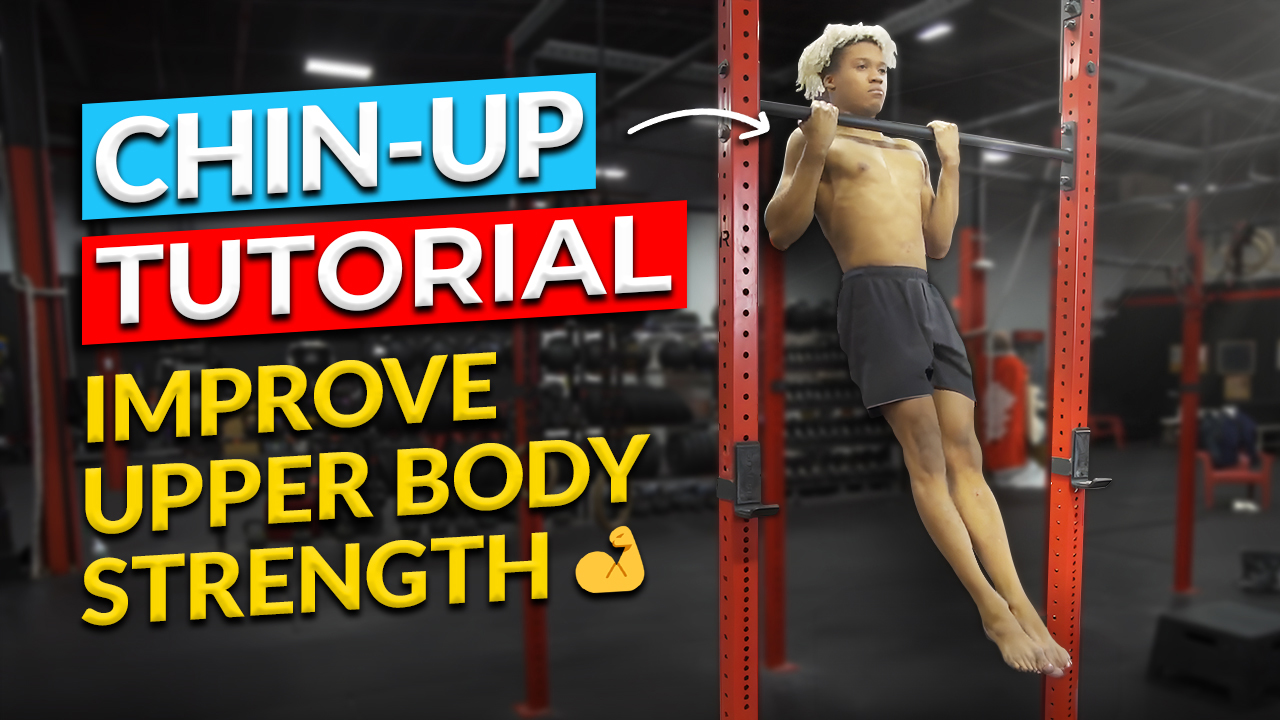
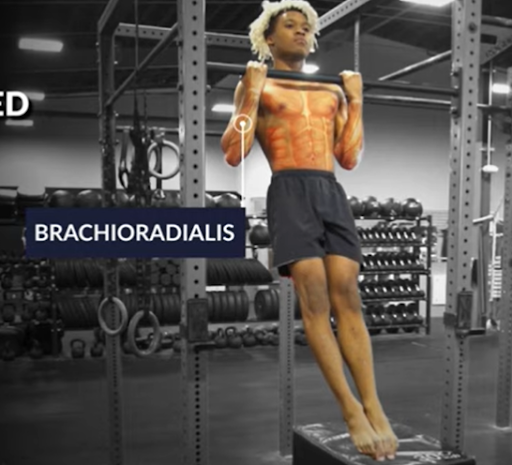
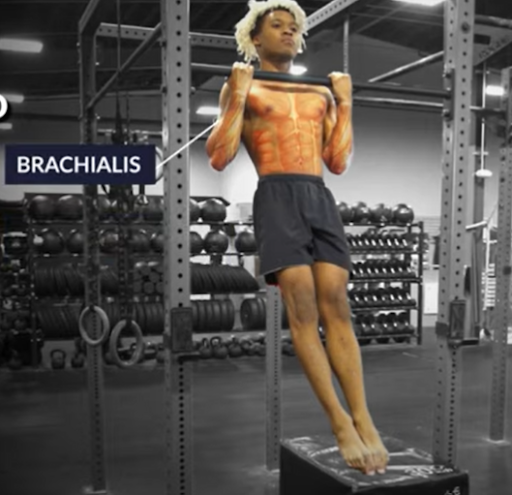
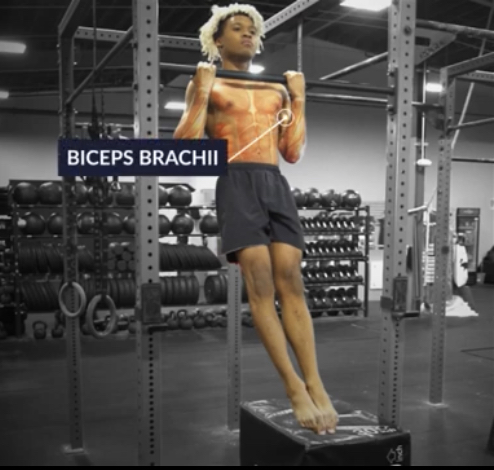

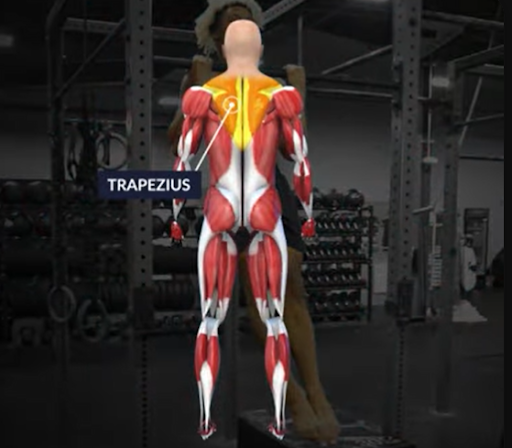
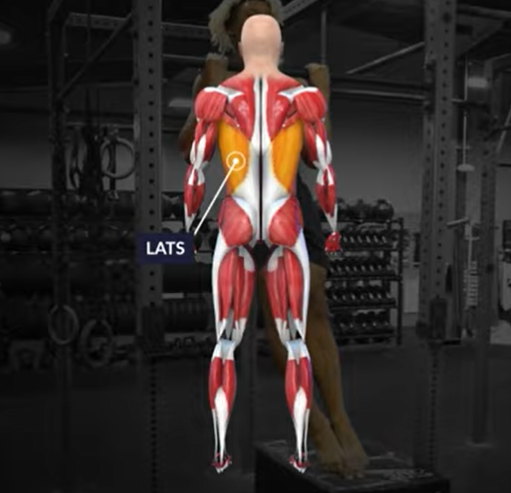
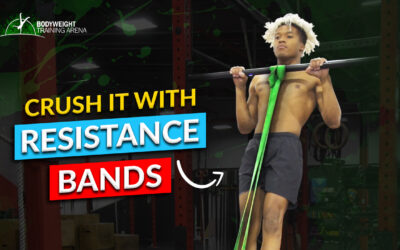

0 Comments